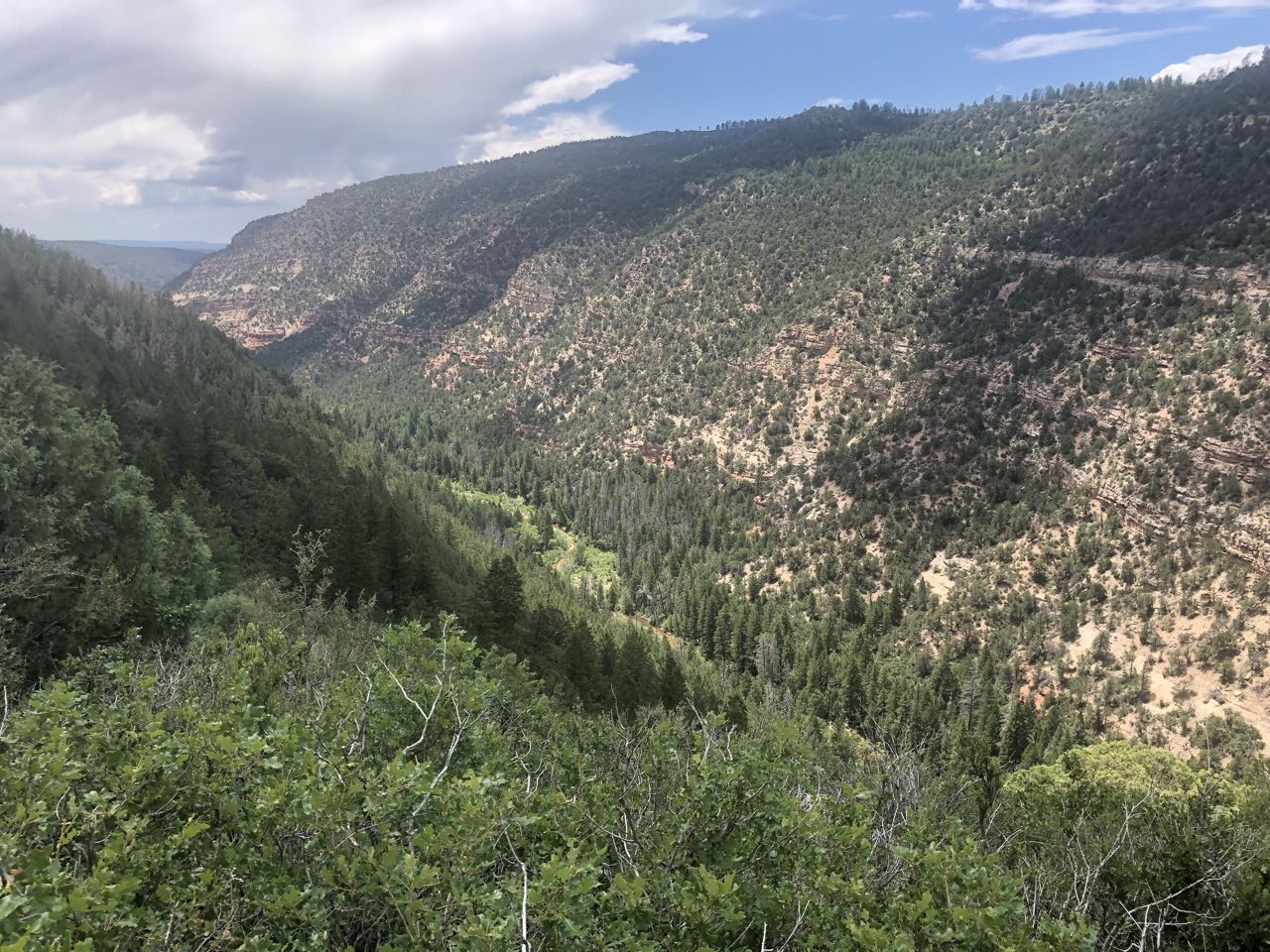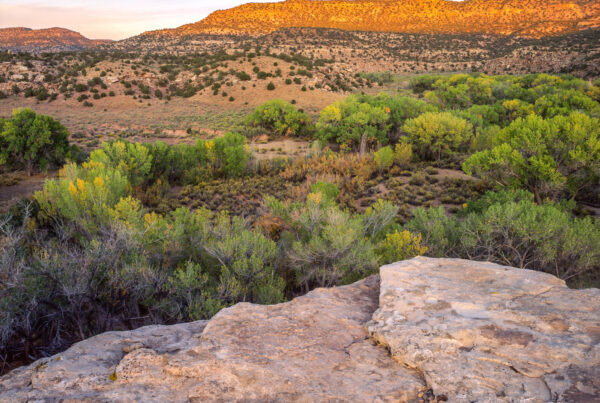Congress reconvenes this month with major unfinished business around land conservation legislation of great significance to Southwest Colorado.
After decades of analysis and consideration, last year bills advanced through the U.S. House of Representatives to enact wilderness and other protective land designations for alpine and desert regions alike. They foundered in the Senate, but are likely to receive favorable consideration this year.
The San Juan Mountains Wilderness Act was first introduced a dozen years ago by then Rep. John Salazar. It seeks to complete the wilderness designation for the Sneffels Range outside Ouray by adding the eastern half of the range renowned for photographic appeal in Colorado scenic calendars.
Closer to home, the bill also provides a protective designation against mining and development for the basin surrounding Ice Lake and Island Lake above Silverton as the Sheep Mountain Special Management Area. Other aspects of the proposal include expansion of the Lizard Head Wilderness to include the northern slopes of 14,017-foot Wilson Peak as well as the first desert wilderness unit in Southwest Colorado made up of McKenna Peak in Disappointment Valley.
The San Juan Mountains Wilderness was rolled into the Colorado Outdoor Recreation and Economy Act in 2019, and packaged together with three other lands bills focused on the Thompson Divide near Carbondale, Front Range wilderness additions around Breckenridge and Curecanti National Recreation Area west of Gunnison. The CORE Act is sponsored in the Senate by Sen. Michael Bennet and has been championed most recently in the House by Rep. Joe Neguse.
Despite overwhelming support from area residents, business owners, local elected officials and more, the CORE Act never gained traction with former Sen. Cory Gardner. However, newly elected Sen. John Hickenlooper touted his support for the CORE Act during his campaign last fall.
An even longer-running saga surrounds the Colorado Wilderness Act, which aims to finally bring wilderness designation to several dozen areas spanning desert canyons and mesas first identified for their wilderness potential by the Bureau of Land Management 40 years ago. These include beloved sections of the Dolores River basin, portions of Canyons of the Ancients and areas ranging from the Bookcliffs outside Grand Junction to the Arkansas River valley near Cañon City.
Rep. Diana DeGette originally introduced the Colorado Wilderness Act in 1999 at the behest of 100 conservation and community organizations, and it was endorsed by almost 200 western Colorado businesses. The Colorado Wilderness Act gained passage through the House last year in combination with wilderness and national monument bills protecting lands in California and Washington entitled the Protecting America’s Wilderness Act.
Other high profile land conservation bills are pending to protect lands surrounding Grand Canyon National Park from uranium mining and to prohibit expanded oil and gas development in a 10-mile buffer zone around Chaco Culture National Historical Park.
All told, the collection of conservation measures could enhance long-term conservation prospects for iconic western landscapes encompassing 3 million acres across half the western states.
The appeal of permanent, legislated protections became all the more apparent over the past year. Actions like wilderness designation help guarantee some areas remain remote and undeveloped, hopefully helping to ameliorate the crush of outdoor recreation. The designations by Congress also ensure that sensitive landscapes are not subject to administrative whims opening them to industrial activities like energy exploration and extraction, but are protected in perpetuity by law.
The incoming Congress and Biden administration appear poised to support prompt and robust action to complete these protections after years and even decades of public discourse.
This content first published in the Durango Herald here.




